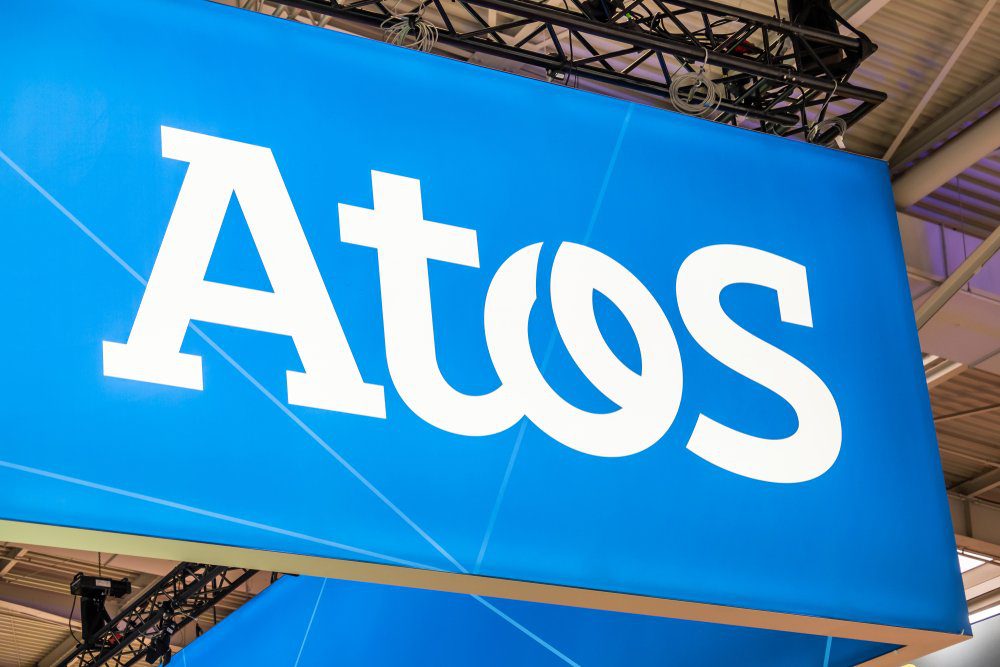All current processors have a integrated memory controller. It is responsible for managing the communication and data transfers that occur between the CPU and the memory, whether DDR4 or DDR5, and it plays a very important role because, depending on its integration and its operation, it can improve or worsen performance.
Intel and AMD integrate the memory controller in a different way. In Intel Core Gen 14 and older, this controller is integrated on the same silicon chip than CPU cores, meaning less distance and less latency. For the Intel Core Ultra 200S, we switched to a block design and memory controller moved to the SoC blockwhich had a negative impact on latency.
Ryzen 3000 and later, which use a chiplet design, integrate the memory controller into the I/O chiplet, which communicates with the CPU chiplet through the Infinity Fabric system and it has its own clock, known as UCLK. This can work in two different ways, at the same speed as the memory, which is known as 1:1 mode, or at half the speed of the memory, which is known as 2:1 mode.
On Intel Alder Lake (Intel Core Gen 12) processors and higher, the memory controller can also work in three different modesknown as Gear 1, Gear 2 and Gear 4. When using Gear 1 mode the controller works at the same speed as DDR5 memory, if we activate Gear 2 mode it will do so at half the memory speed and in Gear 4 mode it will move at a quarter of its speed.
Why it changes and how Gear Mode affects DDR5 memory performance

Gear mode plays the same role than the UCLK clock as it can run at the same speed as the memory or run at a different speed if deemed necessary. The former is used on Intel Alder Lake processors and higher, and the latter on AMD Ryzen 3000 and higher processors with a multi-chip design.
The reason for the Gear mode change is memory speed. DDR5 memory is designed for high working speed, work in Gear 2 mode. This means that the memory controller operates at half the RAM frequency, which is basically a loss of performance compared to Gear 1 mode, but this is compensated by the capacity of this type of memory to perform two independent accesses at the same time.
Gear 2 mode works with most DDR5 kits out there today, although those with extreme speeds will need to use Gear 4 mode which, as I said, makes the memory controller run at a quarter of the RAM speed. So if we use 6000 MT/s RAM (3000 MHz because it’s “double data rate”) in Gear 1 mode, the memory controller would work at 3000 MHz, on Gear 2 it would work 1500 MHz, and in Gear 4 mode I would 750 MHz.
This memory controller speed reduction is necessary maintain system stability when using RAM memory sets that run at high speed. The exact same thing happens with AMD Ryzen processors, as the Ryzen 7000 and higher are able to keep the memory controller in 1:1 mode with DDR5 kits running at a maximum speed of 6400 MT/s, but when we exceed this number 2:1 activates a mode that , as I said, it will cut the speed of the memory controller in half.
Slow down the memory controller can negatively affect performance. To achieve the best possible ratio of performance and stability, it is ideal to maintain Gear 1 mode if we use Intel processors with DDR4 memory at not very high speeds and Gear 2 always in the case of DDR5 memory. DDR4 and DDR5 memories work at different speeds and also have other nuances that clearly distinguish them.
If we have a Ryzen 3000 or higher, it is ideal that the memory controller works in 1:1 mode and for this we must avoid exceeding the maximum supported memory frequencies. In the recently released Ryzen 7000 and Ryzen 9000, the sweet spot is achieved with DDR5 memory kits at 6000 MT/s CL30 latencybecause they allow these processors to develop their full performance and do not cause stability problems in 1:1 mode. In Intel’s case, the Gear 2 mode limit is mostly in the memory sets DDR5 with a speed of 8000 MT/s.














